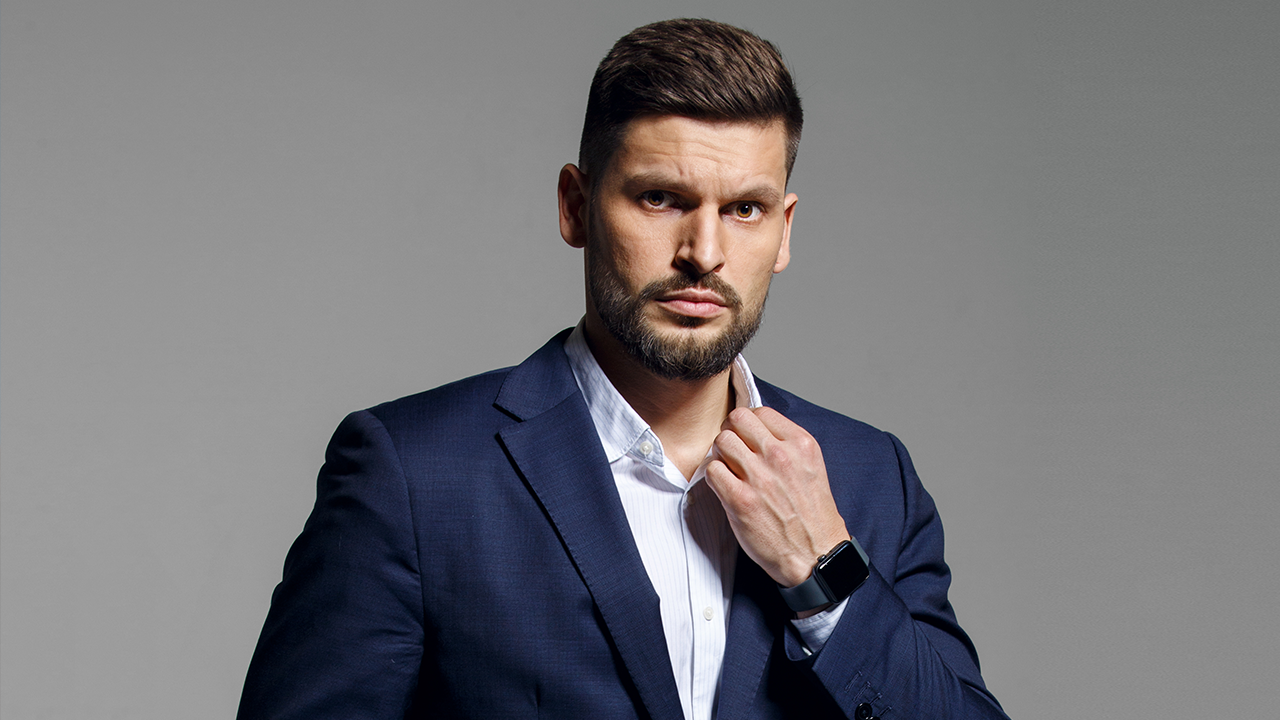Sergey Glamazda: "A a potential young roster is in the works"

Sergey Glamazda has given a lot of insight about his job as the CEO of Virtus.pro, differences between traditional sports and esports, intricacies of players’ training regimen and a potential rising star roster. Here are some moments from the interview.
On the first few months working in Virtus.pro:
– This has been a very turbulent time. I was quickly immersed in the business specifics. I've put less emphasis on commerce, more on management. I had to understand the mechanism of working with the rosters: cooperation with the guys, their practice, had to learn how to refrain from jumping to conclusions - something that’s so easy to do when just following the broadcasts.
Let’s talk Dota in particular - usually, I spend five hours a week on their bootcamp to look at the way they practice and the strategies they create. This helps me understand them and our plans better. At the moment, the biggest challenge for me as the manager is my inability to directly affect the outcome of matches. It’s nothing like the traditional business model where I could take the reins in the negotiating process - here, my work is to do the best I can to prepare the guys. Everything afterward is in their hands, and all I can do is spectate the process. It takes getting used to.
On differences between traditional sports and esports:
– The daily schedule, the practice regimen, the cooperation within the team differ a lot from the traditional sports. In sports, you pay a lot of attention to the physical aspect, obviously - correct diet, daily regime, practice planning; there, it’s different. You practice strategies, but there’s no gold standard. At the moment, I’m focused on finding these pieces of the puzzle that would allow both Dota and CS rosters to perform better. I’m talking about things like team psychology assistance, player’s diets, reaction speed practice sessions. The guys went to such a session today: they had their reaction speeds tested. There is a scientifically based system that we want to include in our training plan.
On communication with players:
– Our entire communication is based on one thing - I don’t approach them from the position of CEO. I’m interested in their personal lives, in what I can do to help, and they know the organization’s goals. The more I help them, the more I help the team. Their company is interesting to me. Can I call myself a good friend of theirs? Probably not. Are we on good terms? I believe that the answer is yes. It’s important to me to fulfill every promise of mine. This ensures trust - and therefore, good results.
On the potential young roster:
– We already have a potential roster in the works. They’re preparing at the moment, playing scrims. We’re negotiating the conditions right now, and, if all goes well, we’ll make an announcement soon. Young lineups must see development. The teams are willing to invest, too, I reckon. There’s a huge demand for that from both the fans and the partners - we need more disciplines, more people we can build games and media with. As of right now, we want to do this in Dota, then - in CS.
On CS:GO roster:
– We’re not planning on making any changes in the team before the Major. We don’t need any unneeded backfires right now. For now, AdreN takes the helm as the captain, Jame and others are focusing on individual gameplay.
– Looking at our stats, the hardest pill to swallow isn’t the losses by themselves - it’s the fact that we’re only 2-3 rounds away. The victory is so close - but we slip at the very end. You lose hope in the next game, and when the same happens tournament after tournament, you start to think there’s no escape. That’s why we needed a bit of a shakeup to fix such mental blocks.